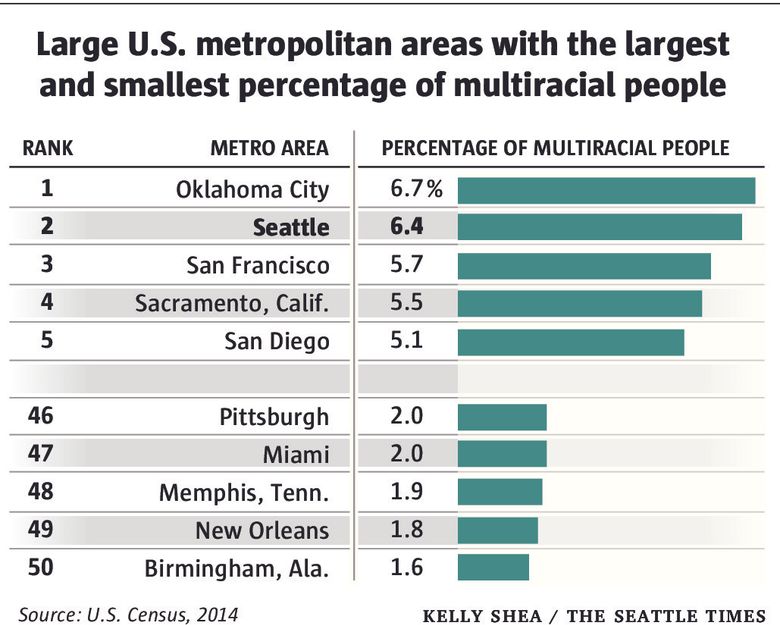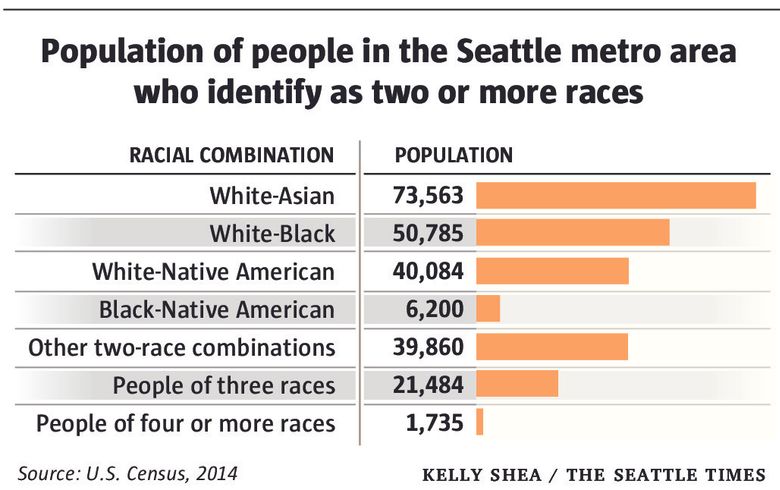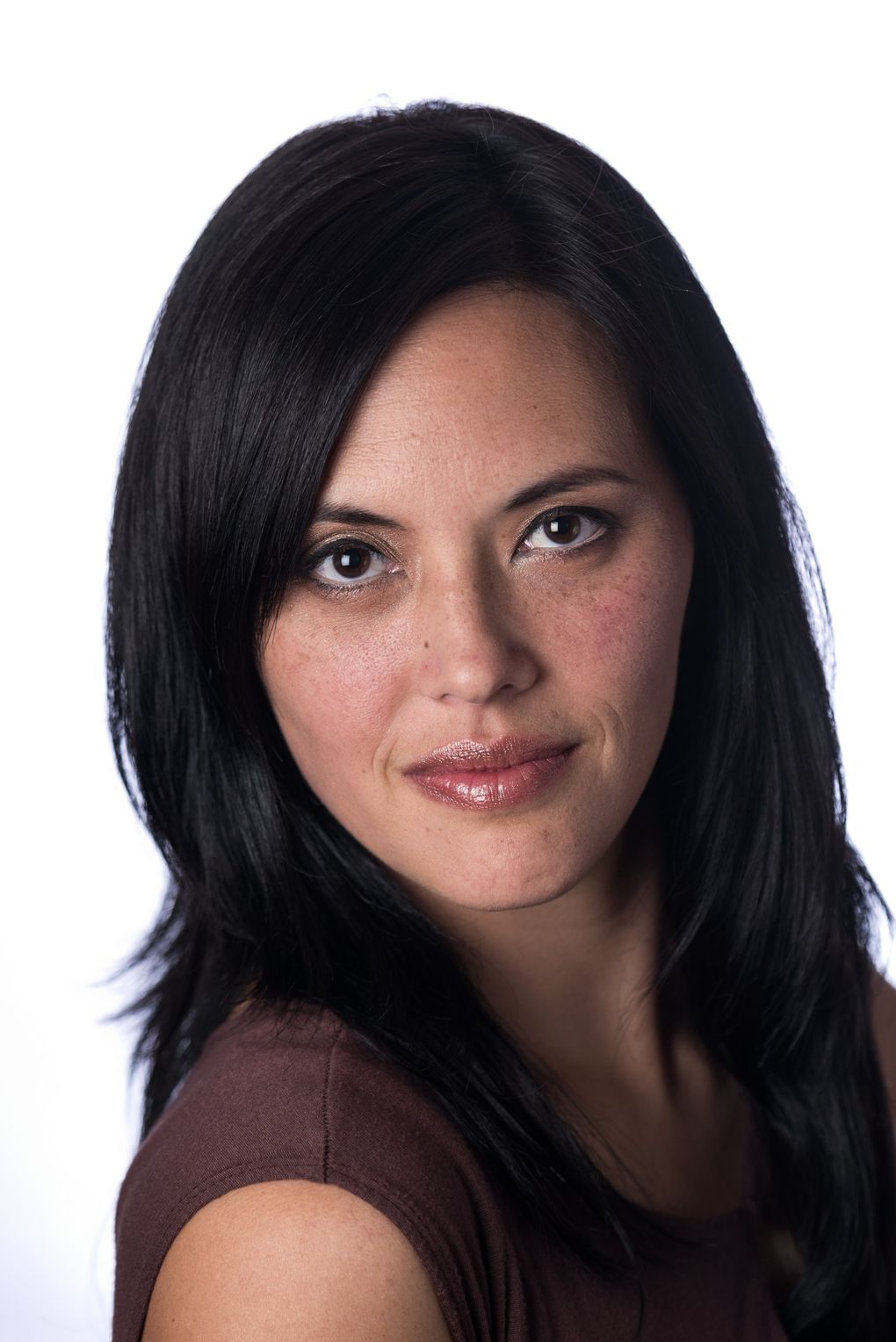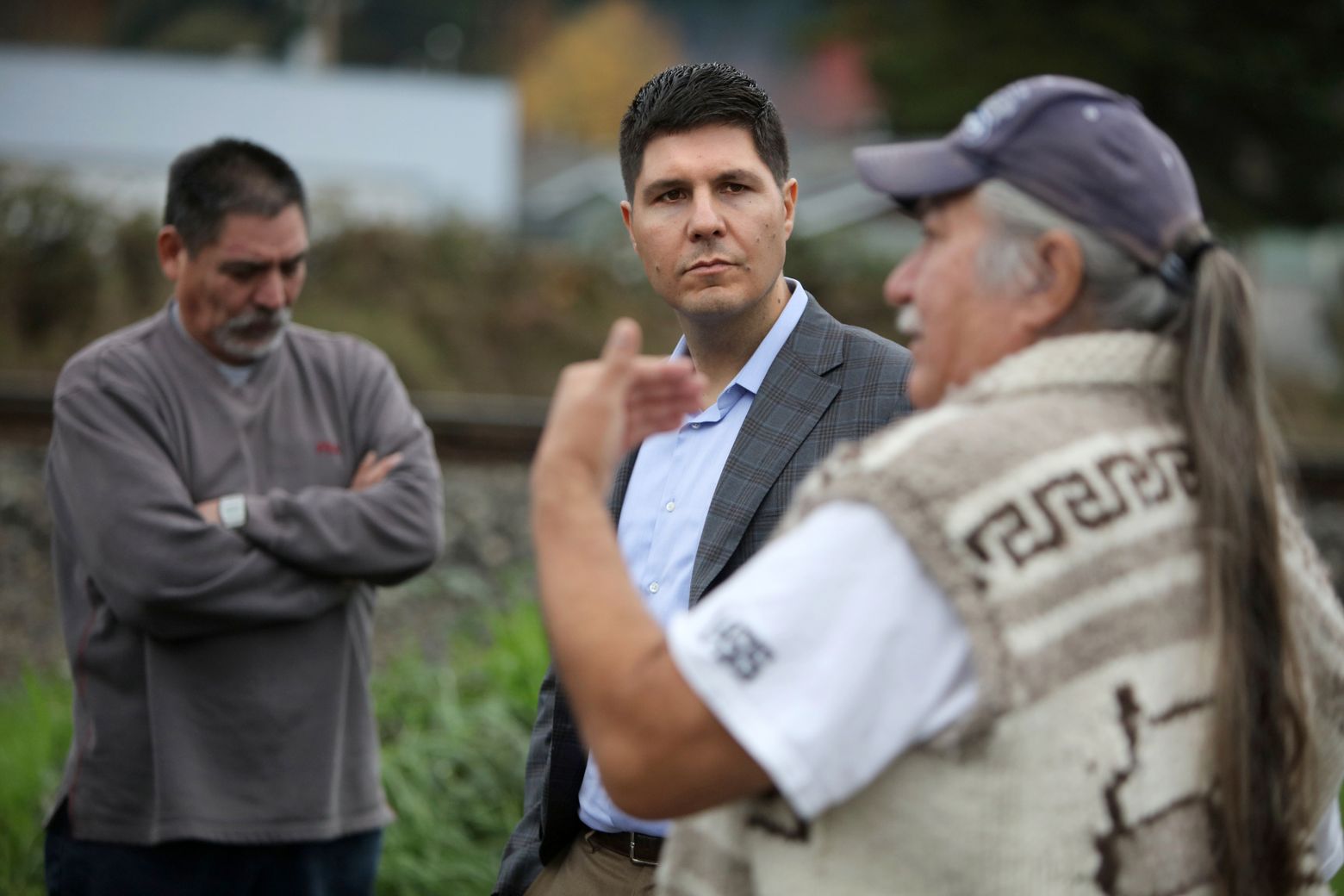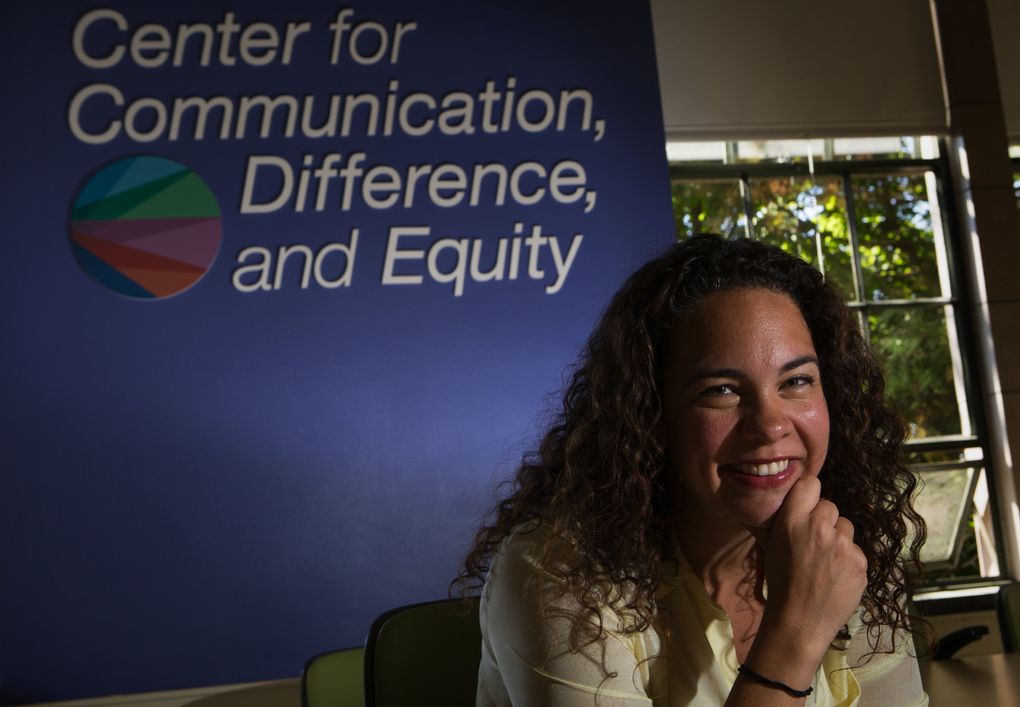Before state’s high court: role of race in identifying a face
Seattle Times
2012-03-03
Ken Armstrong, Staff Reporter
In a case out of Seattle’s University District, the Washington State Supreme Court is being asked to determine whether jurors should be told that eyewitnesses who identify strangers across racial lines — for example, a white man identifying a black man — are more likely to be mistaken.
In State of Washington v. Bryan Edward Allen, two issues intersect that could hardly be of greater importance to the functioning of the criminal-justice system: the role of race, and the reliability of eyewitnesses.
The case, argued Thursday before the state Supreme Court, is also about sunglasses. We’ll get to that later.
On an August evening in 2009, in Seattle’s University District, Gerald Marcus Kovacs called 911 and said a stranger on the street had just threatened to kill him. Within minutes, police picked up Bryan Allen at a nearby bus stop. Officers took Kovacs to Allen and asked: Is this the guy? “Yeah, definitely, that is 100 percent him,” Kovacs told police.
Two months later, Allen was convicted of felony harassment. He received a sentence of 14 months.
Kovacs is white. Allen is black.
Allen’s appeal argues that when the case was tried in King County Superior Court, the judge should have instructed jurors that when someone from one race identifies a stranger from another race, the chances of a mistake go up.
An assemblage of professors and legal advocacy groups — including the Innocence Network, the Washington Association of Criminal Defense Lawyers, the American Civil Liberties Union of Washington Foundation, and the Fred T. Korematsu Center for Law and Equality — filed briefs in support, saying a wealth of research shows that people often struggle to distinguish faces outside their own racial group…
…Arguing the other side, Deborah Dwyer, a King County prosecutor, did not challenge the science on cross-racial identifications. Instead, she took issue with having a trial judge tackle the matter rather than having an expert witness testify.
The proposed instructions would not only violate the state’s constitution, Dwyer said, but invite all kinds of “practical difficulties.”
“Our society now is increasingly made up of mixed-race people. Well, what race are they? To take an example we could all relate to: President Obama. He is of mixed racial heritage. If he’s an eyewitness to a crime, is he presumed to be able to identify white people and black people? Or, perhaps, neither?”
Dwyer also asked: “Does race include ethnicity?” Some studies say Chinese people struggle to distinguish Japanese people, and vice versa. Would trial judges need to instruct jurors in cases like that? And if someone’s race isn’t entirely clear, how is a judge to figure that out?…
Read the entire article here.
